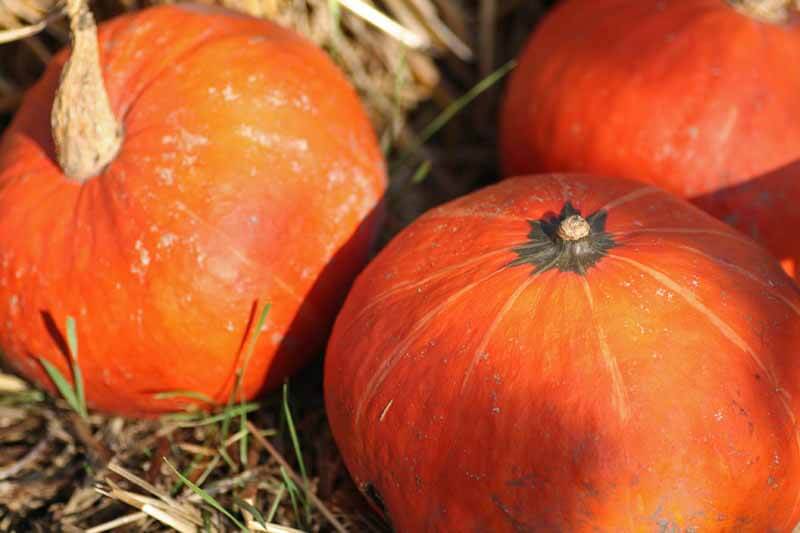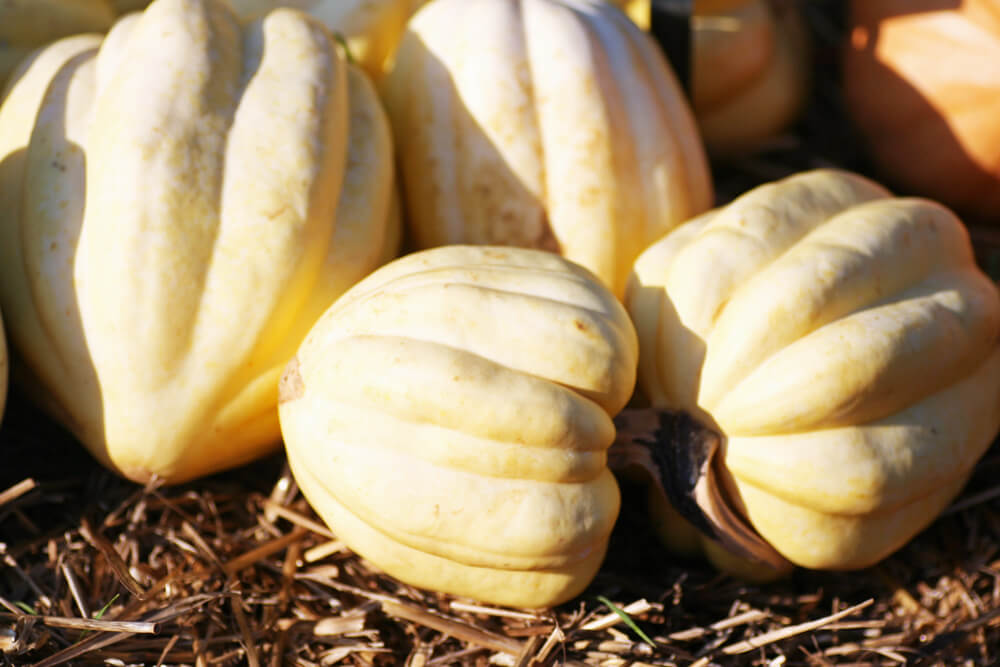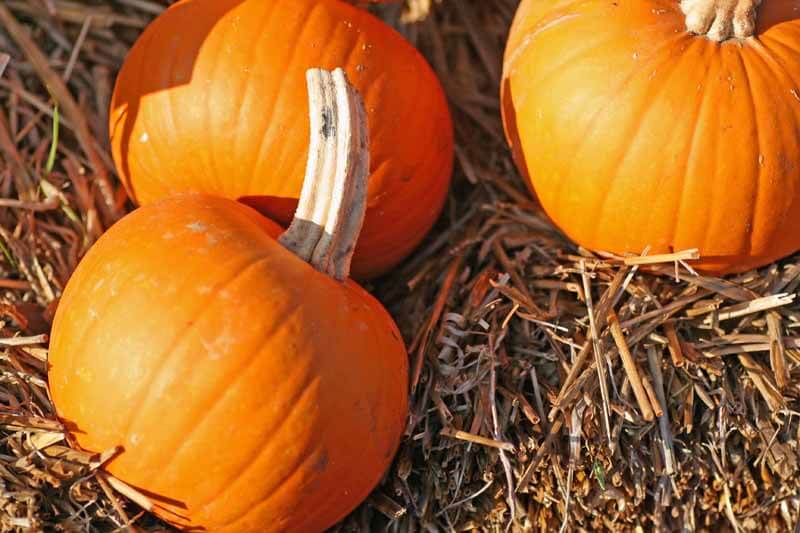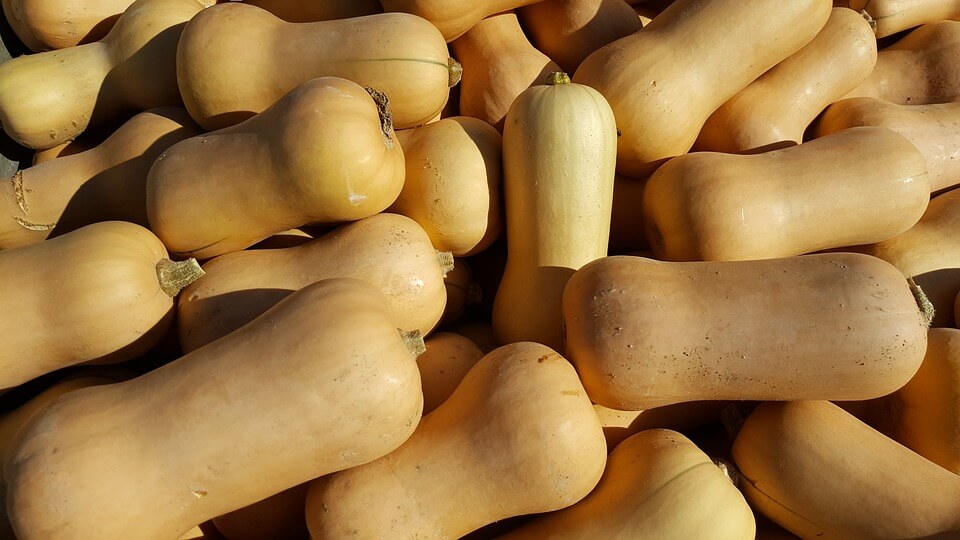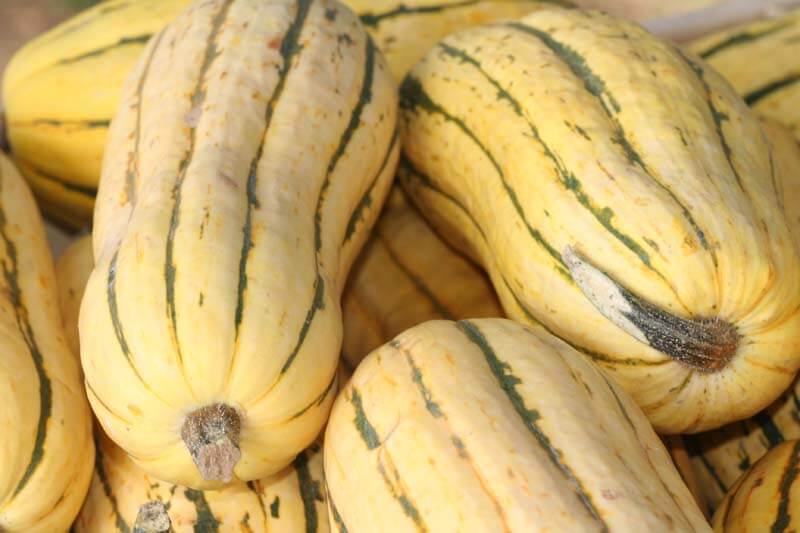 If you have fresh or canned pumpkin, try this sweet seasonal dessert! These pumpkin cupcakes are something the whole family will love, and they are so easy.
If you have fresh or canned pumpkin, try this sweet seasonal dessert! These pumpkin cupcakes are something the whole family will love, and they are so easy.
If pumpkin is not available, you can also use shredded zucchini, carrot, or mashed sweet potato in its place. Gather the following ingredients and preheat the oven to 350° F.
Cake Ingredients
- 1 package (18-1/4 ounces) spice cake mix
- 1-1/3 cups water
- 1/4 cup canola oil
- 3 eggs
- 1 cup canned pumpkin or fresh processed pumpkin
- 1/2 cup golden raisins (optional)
- 1/4 chopped walnuts (optional)
Directions
In a large bowl, combine the cake mix, water, oil and eggs. Beat these ingredients on low speed for 30 seconds, then increase the speed to medium for another 2 minutes. Stir in the pumpkin, raisins, and walnuts. Line a cupcake pan with muffin cups. Fill the cups a little over half way with batter.
Bake the cupcakes at 350° for 18-22 minutes. Before removing from the oven, test a cake with a toothpick. If it comes out clean, they are done. Allow the cakes to cool for 10 minutes before removing them from the pan. They must be completely cool before frosting. Be sure to add a generous amount!
Cinnamon Buttercream Frosting
- 2 sticks butter, softened
- 2 cups confectioners’ sugar
- 1 teaspoon pure vanilla extract
- 1/2 teaspoon ground cinnamon
- 1/8 teaspoon ground nutmeg
- 1 to 2 tablespoons whole milk
Directions
For frosting, in a small bowl, beat butter until light and fluffy. Beat in the confectioners’ sugar, vanilla, cinnamon, nutmeg and enough milk to achieve a spreading consistency. Add the frosting to a piping bag, and pipe it on to make it look extra pretty.
Processing Fresh Pumpkin
Fresh pumpkin and winter squash make recipes taste better. Small pie pumpkins are easiest to process because of their manageable size.
Begin by cutting your pumpkin in half and cleaning out the seeds. (Set aside the seeds for roasting!) Place the pumpkin halves face down in a large pan filled with 2 to 3 inches of water. Set the pan on high heat and bring the water to a rolling boil. Once boiling, take the heat down to a low boil, and allow the halves to steam for 20 minutes or until the pumpkin is soft. Allow the halves to cool before scooping.
If the pumpkin is stringy, puree it in a food processor until smooth. Processed fresh pumpkin is great for baking or adding to soup.















